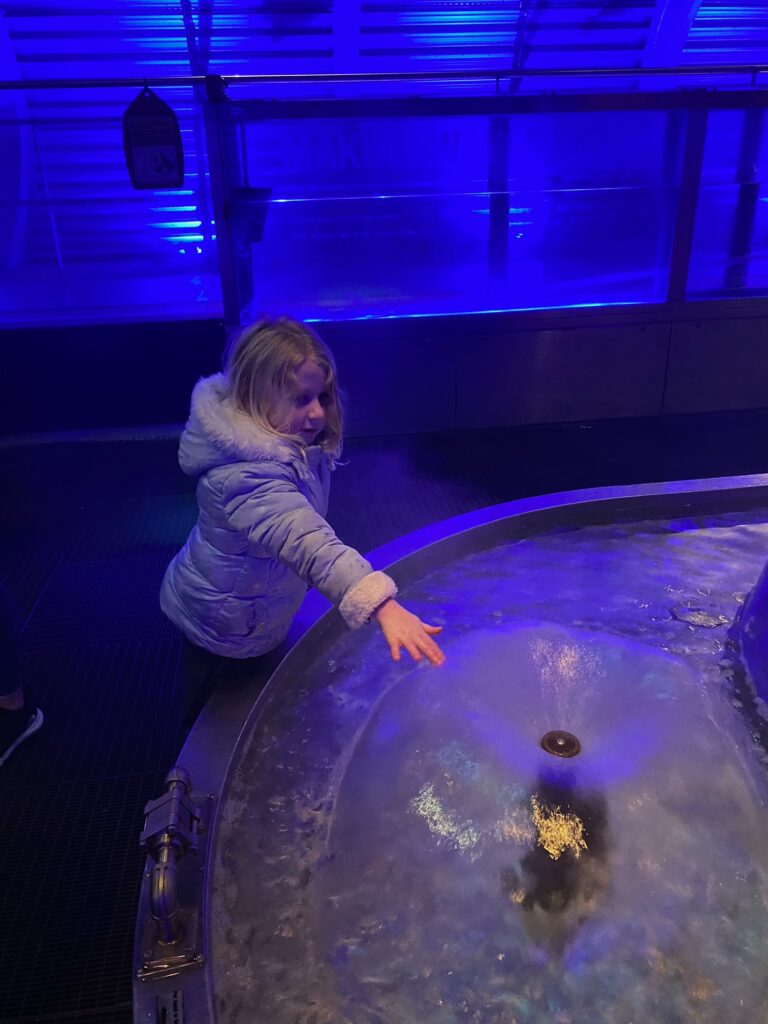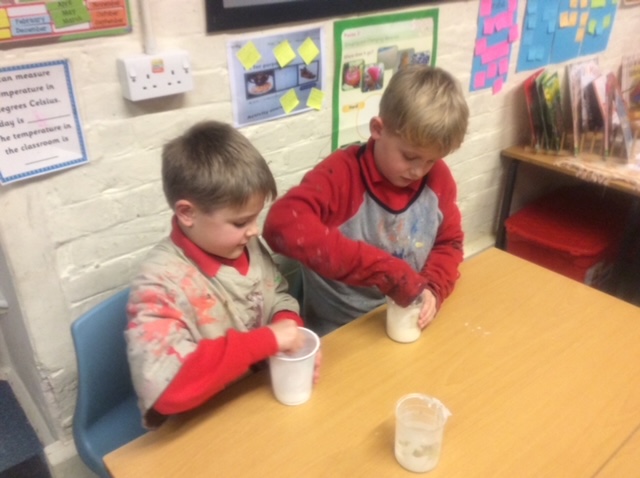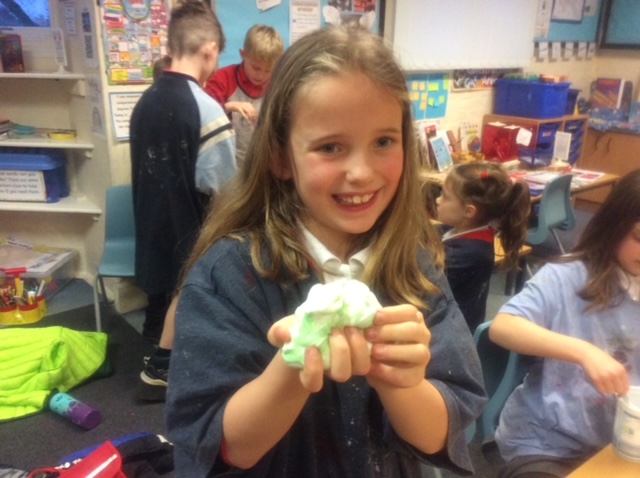We are really looking forward to British Science week and each class has planned some exciting activities to really engage and enthuse the children. All classes will have a session using the microscopes that are on loan from the Royal Microscopial Society. Each class will also take part in the STEM Wind Turbine Challenge that has been devised by our science cluster school Hilderthorpe Primary. Some classes will be having a science visitor and Key Stage One will be taking part in a Farm Live! lesson online about tractors and space! All classes will have a hall slot to test and race their balloon powered vehicles so the more children and families that take up the challenge the better! Don’t forget we will be running our pop-up science shop after-school each day from Monday 13th March to Friday 17th March as stocks permit. Items will be priced from 50p to £2.00 and all profits raised will go to school funds to provide for future science related activities. Please see below for how else you can get involved in British Science Week. We would love as many families as possible to join in, good luck! Please do come and ask me (Mrs Platten) if you have any questions.
Take a science selfie
This can be just of you or with lots of different family members as long as everyone is happy to have their photo published in our school newsletter. Anything ‘sciency’ goes so use your imagination. Get outside and take nature photos, go on a scavenger or mini-beast hunt, create a nature collage, search for fossils or interesting rocks and stones at the beach, read a science related book (we have lots on the school virtual library), investigate different materials, study the weather or seasons, make a set of string telephones, make a musical instrument, do some shadow drawing, investigate freezing and melting, the list goes on. Here’s a great site for some extra inspiration.
https://www.science-sparks.com/science-experiments-for-kids/
When you have taken your selfie, ask an adult to email it to brands@eastriding.gov.uk by Monday 20th March and we will compile all of the entries into a science week newsletter special and we will pick an overall winner for a small prize and everyone who enters will get a certificate.
Create a balloon powered vehicle
Our year 5/6 pupils that attended after-school STEM Club in the Autumn term were the pioneers for constructing balloon powered cars and our STEM Ambassador pupils decided that it would be a great home-school challenge for British Science Week. If you want to participate you will be given a balloon, straw and elastic band and then it will be up to you to create your vehicle – preferably from recycled materials. You could use cereal packets or small boxes for the body of the vehicle and milk bottle tops for the wheels. You will also need to consider axles for your wheels. Then you can decorate your vehicle however you would like. Each class will have a time allocated during science week (your class teacher will let you know when this is but get your vehicle ready for Monday 13 March) for a class race-off. the winner form each class will take part in a grand final whole-school race off on Friday 17th March. There will be a certificate for all participants. Don’t worry, we will have spare balloons, straws and elastic bands just in case! Get thinking about your ideas now so that you are ready to take part. Here are some photos from STEM Club with their balloon powered vehicles and also a few other ideas but be as creative as you can!












































